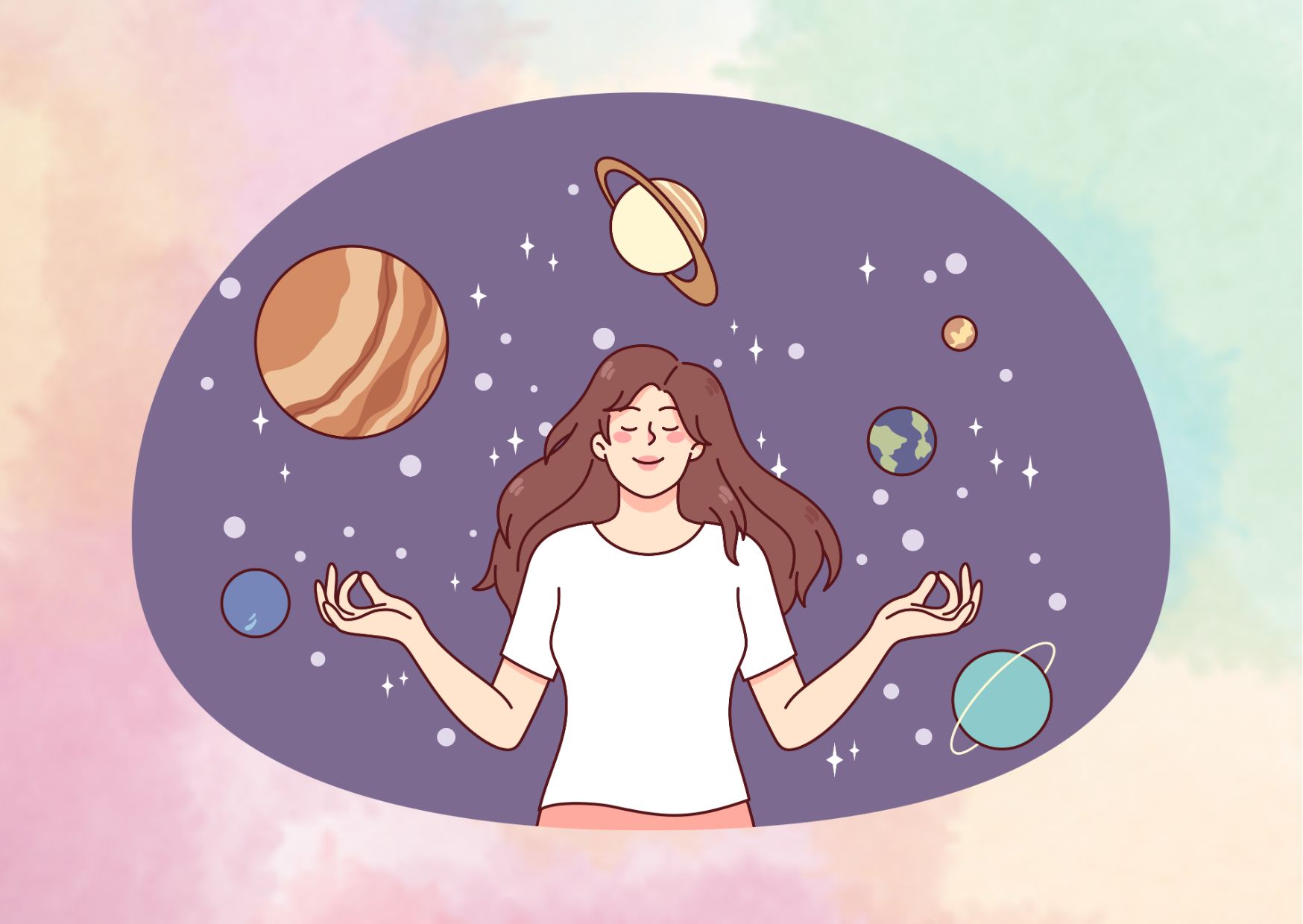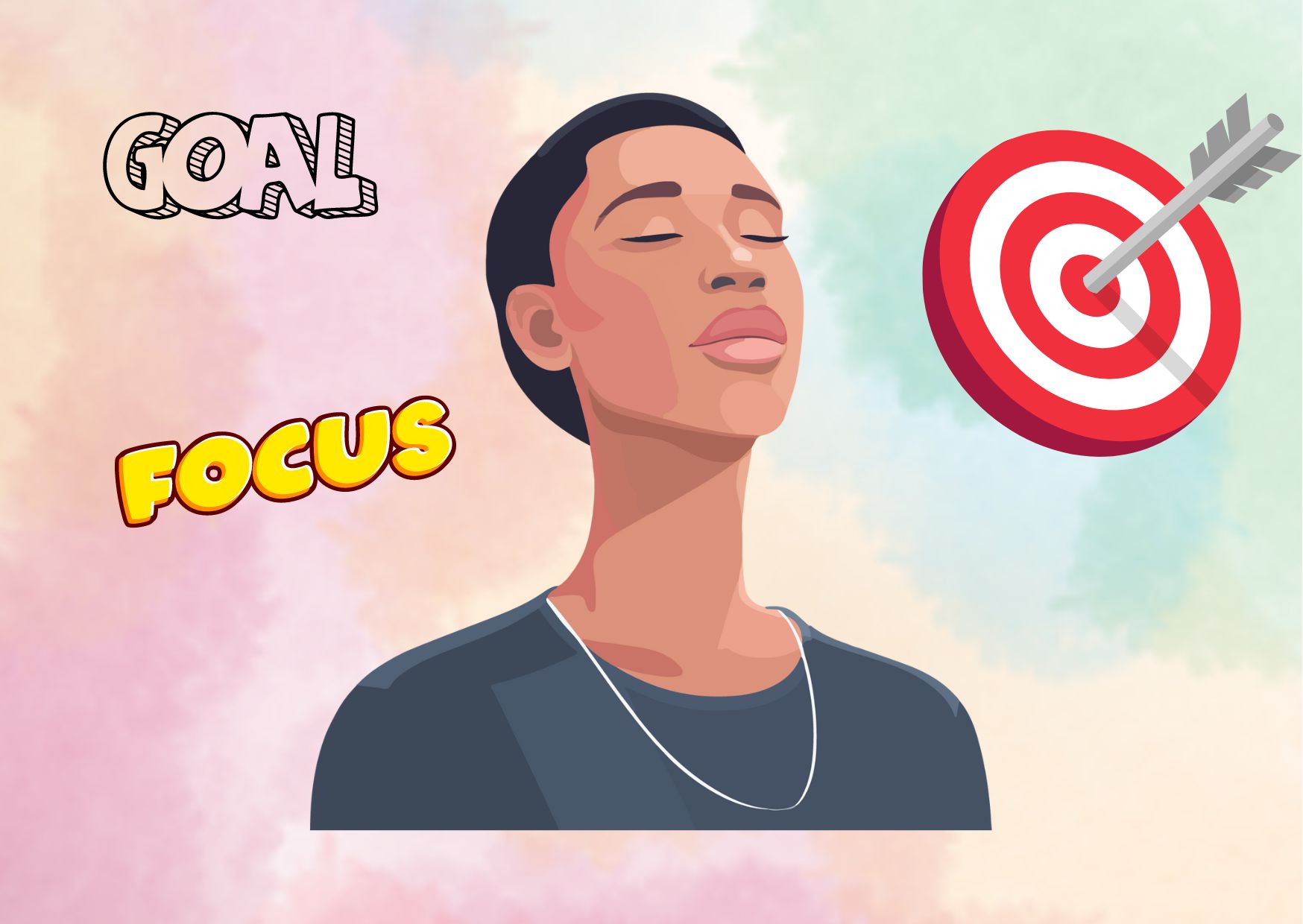12 Positive Effects of Visualization Meditation: A Beginner’s Guide
Visualization meditation, a powerful mindfulness technique, offers a profound pathway to achieving your desired outcomes. By harnessing the potent force of focused imagination, you can unlock the ability to manifest your goals, reduce stress, and cultivate greater self-awareness. This beginner’s guide delves into the transformative practice of visualization meditation, unveiling its numerous benefits and providing a comprehensive roadmap for mastering this life-changing discipline.
Through guided visualization exercises and creative visualization techniques, you’ll learn to channel your mental energy, heighten your focus, and tap into the boundless potential of your subconscious mind. Whether seeking enhanced performance, emotional well-being, or a deeper connection with your authentic self, this article will empower you to embark on a journey of self-discovery, enabling you to harness the power of visualization meditation and unlock a world of infinite possibilities.
What is Visualization Meditation?
Visualization meditation is a powerful mindfulness technique that involves consciously creating mental images or scenarios to achieve specific goals or states of being. It is a form of focused meditation that harnesses the potent force of the imagination to cultivate desired outcomes, reduce stress, and enhance self-awareness.
Definition and Overview
Visualization meditation requires concentrating on a mental image or a series of images to help focus and center the mind and body. These images can be calming scenes, such as picturing a flower opening and closing in sync with one’s breath, inhaling and exhaling rays of light, or visualizing areas of tension in the body slowly expanding and releasing. The key is to find an image or sequence that resonates with the individual and promotes a sense of calm and serenity.
While some practitioners find visualization meditation sufficient on its own, others may combine it with additional forms of meditation, such as mantra meditation. This combination can help enhance concentration, create a deeper sense of relaxation, and prevent the mind from wandering into distracting thoughts that may disrupt the meditation practice.
Brief History
The origins of meditation can be traced back to ancient spiritual practices, with evidence suggesting that our ancestors engaged in group rituals and meditations around campfires as early as 200,000 to 150,000 years ago. These practices are believed to have played a crucial role in the development of human working memory and the emergence of symbolism and language.
The earliest written records of meditation date back to the Hindu Vedas around 1500 BCE, with descriptions of meditation-like practices also found in the Torah and other ancient texts from Taoist China and Buddhist India around 600-400 BCE. While the exact origins and creators of meditation remain unknown, it is proposed that meditation emerged as a natural human capacity based on introspection.
Benefits of Visualization Meditation
Visualization meditation offers a myriad of profound benefits that extend beyond the realms of mental and emotional well-being, encompassing physical health and enhanced performance across various domains. By harnessing the power of focused imagination, individuals can unlock a transformative path towards personal growth and self-actualization.
Mental Health Benefits
- Increased Positivity: As one practices visualization meditation, a more positive outlook naturally emerges. This technique aids in letting go of negative self-talk that may have hindered progress for years, fostering a habit of constructive problem-solving and a success-oriented mindset.
- Better Goal Retention: By requiring focused attention on one’s goals, visualization meditation helps solidify these aspirations, making them feel more tangible and immediate. Once these goals have been intently visualized, they tend to linger in the mind, informing daily choices and actions.
- Emotional Preparation: The calming element of meditation prepares individuals for the challenges they may encounter while pursuing their goals. When success is ultimately achieved, they are likely to be in a healthier mindset to fully embrace and savor the accompanying feelings of accomplishment and excitement.
- Improved Focus: The ability to focus is not an innate trait but a skill that can be developed and refined over time. Through consistent practice, visualization meditation can strengthen one’s capacity for sustained concentration, enabling them to summon laser-sharp focus when it truly matters.
Physical Health Benefits
- Increased Motivation and Energy: Meditation sessions often result in a surge of energy as the body relaxes and takes in fresh air. This heightened physical and mental vitality is accompanied by a renewed sense of motivation, propelling individuals forward on their chosen path.
- Readiness for Action: With a clear plan and enhanced focus, individuals may feel better prepared to actively pursue their goals on a daily basis. Instead of being held back by self-doubt, they may experience a profound sense of assurance in their ability to succeed.
- Improved Relaxation: Visualization meditation is linked to improved relaxation, which can have far-reaching benefits for physical health, including reduced stress levels, lower blood pressure, and a stronger immune system.
- Pain Relief: By visualizing the body in a state of healing and well-being, individuals can potentially experience relief from chronic pain or discomfort, as the mind and body work in harmony to promote a sense of ease and comfort.
Enhanced Performance
- Athletic Excellence: Research in sports psychology has demonstrated that athletes who engage in mental visualization alongside physical training exhibit significant performance improvements, nearly matching those who focus predominantly on physical practice.
- Skill Acquisition: Studies have shown that individuals who combine mental imagery with physical practice when learning a new skill experience faster and more substantial improvements in accuracy and execution compared to those who rely solely on physical practice.
- Rehabilitation and Healing: Visualization techniques have been successfully applied in medical and therapeutic settings, aiding in quicker recovery from surgeries and injuries. Patients who engage in guided imagery exercises, envisioning their bodies healing and functioning optimally, often experience reduced pain and improved health outcomes.
- Neuroplasticity and Motor Coordination: Visualization practices leverage the brain’s neuroplasticity, facilitating the formation of new neural connections and pathways that support the visualized actions or skills. This mental rehearsal also contributes to improved motor coordination and refined execution.
By integrating visualization meditation into one’s daily routine, individuals can unlock a profound array of benefits, transcending the boundaries of the mind and body, and paving the way for personal growth, enhanced well-being, and heightened performance in all aspects of life.
How Visualization Meditation Works
Visualization meditation harnesses the remarkable power of the human mind to create vivid mental imagery, which can profoundly influence our thoughts, emotions, and even physiological responses. This practice operates on the principle that the brain processes imagined experiences in a manner similar to real-life events, activating neural pathways and triggering corresponding reactions within the body.
The Brain’s Response
When an individual engages in visualization meditation, various regions of the brain become actively involved in processing and interpreting the mental images. The visual cortex, responsible for processing visual information, is stimulated as the mind constructs detailed scenes and scenarios. Simultaneously, the prefrontal cortex, associated with decision-making, problem-solving, and emotional regulation, plays a crucial role in shaping the visualized experiences.
Moreover, visualization meditation impacts the activity of the default mode network (DMN), a interconnected brain system involved in self-referential processing, mind-wandering, and introspection. By actively engaging the DMN through visualization, individuals can cultivate greater self-awareness, emotional regulation, and a heightened sense of presence.
Role of Amygdala in Visualization
The amygdala, often referred to as the “fear center” of the brain, plays a significant role in the visualization process. While its reputation as the sole regulator of fear is somewhat undeserved, the amygdala serves as a crucial first responder when faced with surprising or novel stimuli, including mental imagery.
During visualization meditation, the amygdala responds to the imagined scenarios, triggering the release of stress hormones like cortisol and adrenaline. This physiological response prepares the body to respond to the visualized experiences as if they were real, potentially enhancing the effectiveness of the practice.
However, it’s important to note that the amygdala is not solely responsible for emotional processing. It is part of a larger network of brain regions involved in emotional regulation, self-referential thinking, and the integration of sensory information. Through consistent practice, individuals can learn to modulate the amygdala’s response, fostering greater emotional control and resilience.
By understanding the intricate interplay between various brain regions during visualization meditation, practitioners can harness the power of their minds to cultivate desired states of being, enhance emotional well-being, and potentially achieve personal growth and self-actualization.
Common Types of Visualization Meditation
Visualization meditation encompasses a diverse array of techniques, each tailored to cultivate specific benefits and facilitate personal growth. Among the most widely practiced forms are loving-kindness meditation, chakra visualization, and inner light visualization. These powerful practices offer unique pathways to inner peace, self-awareness, and spiritual connection.
Loving-Kindness Meditation
Loving-kindness meditation, or LKM, is a profound practice rooted in ancient Buddhist traditions. Its essence lies in cultivating compassion, kindness, and well-wishes towards oneself and others. Through this practice, individuals learn to extend unconditional love and acceptance, first to themselves and then gradually outward to friends, family, and ultimately all beings.
The process typically involves repeating supportive phrases or mantras silently while visualizing the recipient surrounded by warmth and positivity. By directing these compassionate thoughts inward, practitioners can overcome self-criticism and negative self-judgment, fostering self-acceptance and improved self-esteem.
Research has shown that regular loving-kindness meditation can increase positive emotions, such as joy, love, gratitude, and contentment, leading to heightened life satisfaction and overall well-being. Moreover, this practice can enhance social connections by promoting a more compassionate, forgiving, and less judgmental mindset towards others.
Suggestion for read: Boost Your Wellbeing with Meditation
Chakra Visualization
The chakra system, originating from ancient Hindu traditions, represents seven primary energy centers within the human body. Each chakra is associated with specific physical, emotional, and spiritual aspects of one’s being. Chakra visualization meditation aims to align and activate these energy centers, promoting a healthy flow of energy throughout the body, mind, and spirit.

